The wild and windswept island of Barra in the Outer Hebrides, a remote British outpost in the North Atlantic with fewer than 1,200 residents, has a unique airport.
The island is connected to the rest of the UK by a major air route to Glasgow, but it’s this scenic 130-mile flight, and the airport it connects to, that attracts tourists and aviation enthusiasts from all over the world .
Passengers board a tiny Loganair plane in Glasgow. The Scottish airline operates two flights to Barra daily. On the 19-seat de Havilland Canada DHC-6 Twin Otter, there is virtually no partition between the cockpit and the cabin. In fact, passengers have a perfect view of everything in front of them.
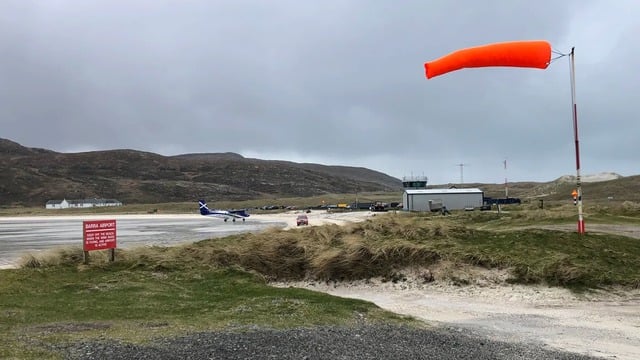
The plane is parked on the beach
PHOTO: Matt Falcus
The compact size also means there are no flight attendants or refreshments, and pilots are limited to a brief safety briefing as they briefly introduce the flight.
The passengers were mainly island residents returning from shopping in Glasgow, and a few tourists.
There is no in-seat entertainment, instead passengers can watch the large GPS screens used by the pilots in the cockpit. The route from Glasgow heads northwest along the River Clyde, past Loch Awe, the Isle of Mull and across the sea to Barra.
After an hour, the plane began its descent. The island they were heading for was just 12km long and 8km wide. The main town, Castlebay, was little more than a village. There was a butcher, a post office , a cafe and a few houses dotted around the harbour where the CalMac ferry service regularly docked.
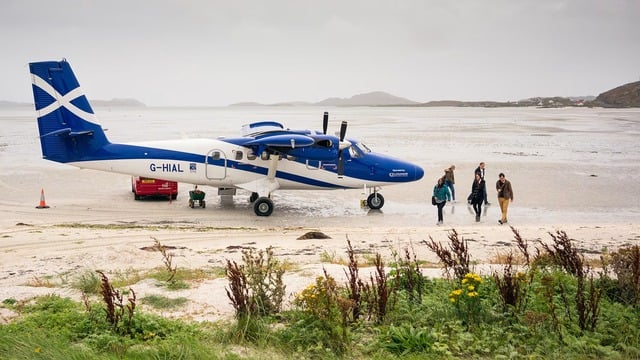
Passengers walk on the sand to enter the station
PHOTO: Getty
Near the northern tip of the island, an orange wind tunnel stands out against the lush green dunes and wide bay of Traigh Mhòr beach. It signals an alternative way to reach Barra for those who want to avoid the sea route.
There is no concrete or runway to land on. Instead, small passenger planes use the vast sandbank as a makeshift runway, timing their landings with the tide.
It's no wonder this place is regularly listed among the world's most scenic airports.
As water slowly poured over the plane's rudder outside the window, a harder surface finally appeared and the passengers landed gently on the sand, splashing with a few puddles of seawater or the occasional clump of seaweed as the plane slowed.
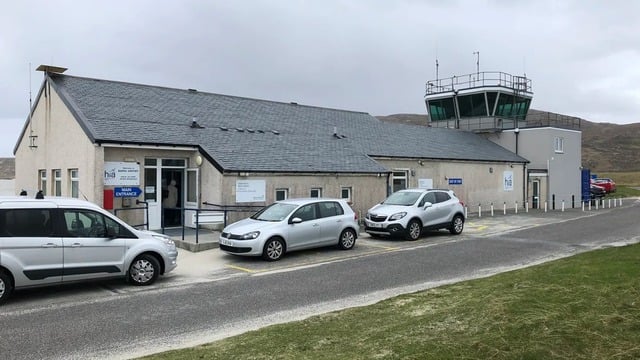
The small airport terminal
PHOTO: Matt Falcus
The plane landed in front of a small building where the beach met the shore and the engine stopped. Passengers walked straight across the sand where the plane had landed. There was a cafeteria in the small terminal that served lunch.
“Flights often can’t take off when the weather turns bad,” one island resident said. For islanders, it’s easy to return home and try again the next day, but for day -trippers , finding overnight accommodation at short notice can be more difficult.
Boarding is quick and simple, with passengers stepping out onto the plane and just getting on. Planes like the Twin Otter are chosen for this mission because of their ability to operate over rough terrain and take off in very small spaces. The takeoff takes just six seconds, followed by a right turn back to Glasgow.
Source: https://thanhnien.vn/san-bay-doc-nhat-vo-nhi-khi-duong-bang-bien-mat-luc-thuy-trieu-len-185250915143954115.htm



![[Photo] Opening of the 13th Conference of the 13th Party Central Committee](https://vphoto.vietnam.vn/thumb/1200x675/vietnam/resource/IMAGE/2025/10/6/d4b269e6c4b64696af775925cb608560)














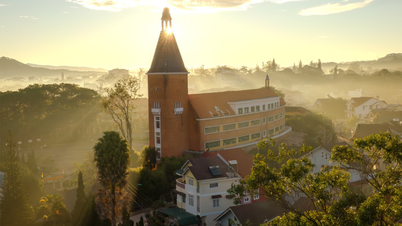
























































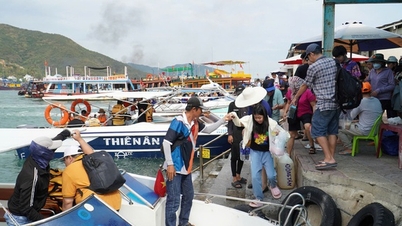







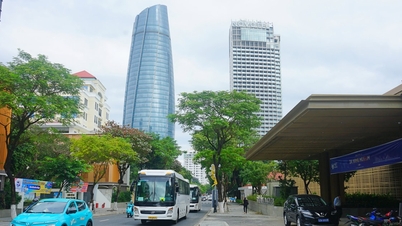



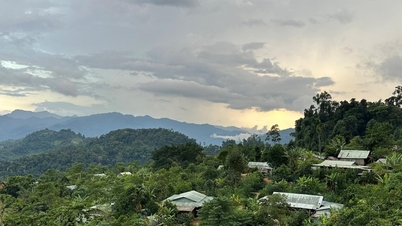












Comment (0)